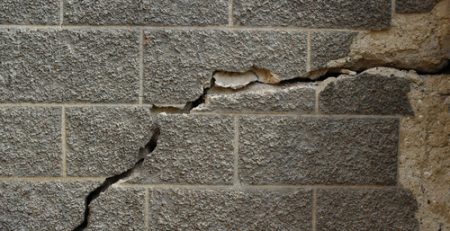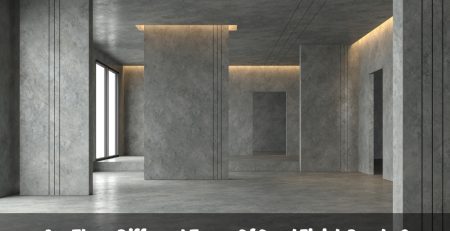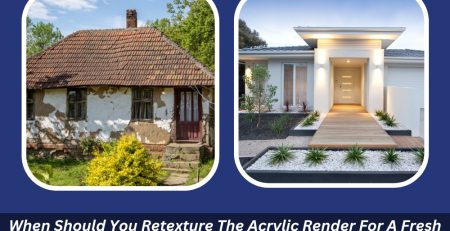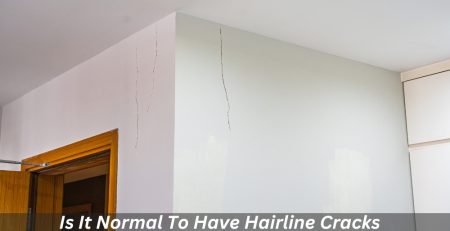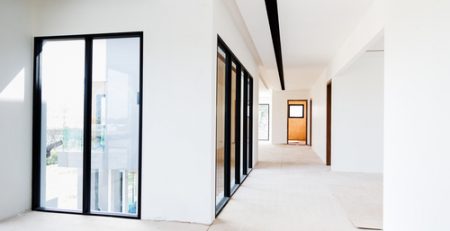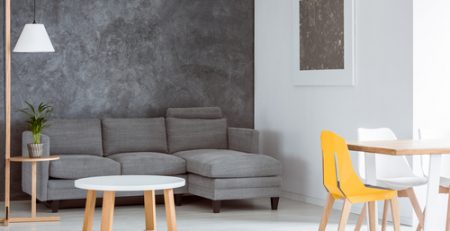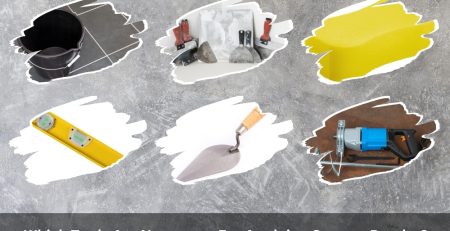Which Render Type Lasts The Longest?
Choosing the right type of render for your property is crucial for both aesthetics and durability. In Sydney’s diverse climate, selecting a render that not only enhances your home’s appearance but also stands the test of time is essential.
What are the different types of render available?
Rendering involves applying a protective and decorative layer to your property’s exterior walls. The main types of render include:
- Cement render: A traditional mix of cement, sand, and water, offering a robust and durable finish.
- Acrylic render: It incorporates acrylic, a type of plastic that is more flexible and less prone to cracking.
- Polystyrene cladding: Utilises expanded polystyrene panels, providing excellent insulation and a smooth surface for rendering.
- Lime render: Combines lime with sand and water. It is known for its breathability and flexibility and is often used in heritage buildings.
- Silicone render: Features silicone additives, offering water repellence and self-cleaning properties.
When choosing a rendering system, it’s important to consider the fire resistance of rendering systems to ensure safety and compliance with building regulations.
How do different render types perform over time?
The longevity of a render depends on its composition and the environmental conditions it faces.
- Cement render is durable but can be prone to cracking over time, especially if not applied correctly.
- Acrylic render offers enhanced flexibility, reducing the likelihood of cracks and extending its lifespan.
- Polystyrene cladding provides excellent insulation and durability, with a lifespan comparable to other high-quality renders.
- Lime render is highly breathable and flexible, making it suitable for older buildings, though it may require more maintenance.
- Silicone render is known for its durability and low maintenance thanks to its water-repellent and self-cleaning properties.
Which render type is best for harsh weather conditions?
Sydney’s climate can be challenging, with its mix of heat, humidity, and occasional heavy rainfall. It is vital to choose a render that withstands these conditions. To determine the best option for your property, it’s essential to explore the benefits of cement rendering to see if it’s the best choice.
- Acrylic render: Its flexibility allows it to handle temperature fluctuations without cracking.
- Silicone render: Offers excellent water repellence, making it ideal for areas with heavy rainfall.
- Cement render: While sturdy, it may require additional treatments to enhance its weather resistance.
What are the maintenance needs for each render type?
Proper maintenance is essential to ensuring the longevity of your render. For instance, cement renderings may require periodic repainting and regular inspections for cracks. On the other hand, acrylic render is generally low maintenance, needing only occasional cleaning to remove dirt and debris. Similarly, polystyrene cladding requires regular inspections to ensure the panels remain intact and free from damage. In contrast, lime render demands more attention, requiring frequent limewashing and repairs for any damaged areas. However, silicone render is quite low maintenance thanks to its self-cleaning properties, with only occasional washing typically being sufficient.
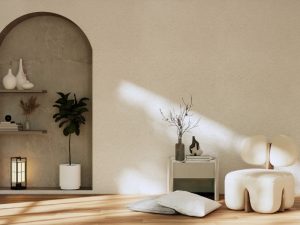
How can you choose the best type of render for your property?
Selecting the right render involves considering several factors:
- Building Material: Ensure compatibility between the render and your property’s existing materials.
- Climate: Choose a render that can withstand local weather conditions.
- Aesthetics: Consider the finish and colour options available with each render type.
- Budget: Factor in both initial application costs and long-term maintenance expenses.
Consulting with professionals can provide tailored advice to meet your specific needs.
What are the cost implications of different render types?
Costs can vary based on the render type and application complexity.
- Cement Render: Typically more affordable but may incur higher maintenance costs over time.
- Acrylic Render: Higher initial cost due to material quality but offers durability and low maintenance.
- Polystyrene Cladding: Costs can vary; it’s essential to consider both material and installation expenses.
- Lime Render: Generally more expensive due to material costs and the expertise required for application.
- Silicone Render: Higher upfront cost but can be cost-effective in the long run due to minimal maintenance.
How can professional rendering installation impact durability?
The quality of installation significantly affects the render’s performance and lifespan. When choosing the right render for your property, it’s important to consider professional rendering solutions that ensure durability and long-lasting results.
- Expertise: Professional renderers ensure proper surface preparation and application techniques.
- Materials: Access to high-quality materials that may not be available to DIY enthusiasts.
- Warranty: Professional services often provide warranties, offering peace of mind.

How can you ensure your render lasts for years to come?
To maximise the lifespan of your render:
- Regular inspections: Check for signs of damage or wear and address issues promptly.
- Proper cleaning: Remove dirt, algae, or mould to maintain appearance and prevent deterioration.
- Preventing efflorescence: It’s important to consider techniques for preventing efflorescence, which can occur due to moisture exposure, and maintain the aesthetic quality of your render.
- Timely repairs: Fix cracks or damages early to prevent them from worsening.
- Professional maintenance: Engage professionals for periodic assessments and maintenance tasks.
By following these steps and choosing the right render type, you can ensure your property’s exterior remains durable and visually appealing for years to come.
Enhance your property with Jims Rendering Sydney
Whether you want to refresh your home’s exterior or improve its durability, choosing the right render is crucial. At Jim’s Rendering Sydney, we take pride in delivering high-quality, long-lasting rendering solutions for homes and businesses. Our experienced team ensures expert craftsmanship, competitive pricing, and tailored solutions to suit your needs. With a strong reputation for reliability and efficiency, we are committed to providing honest service and outstanding results.
Join our many satisfied clients who trust us for their rendering projects. Contact Jims Rendering Sydney today for a professional, hassle-free experience!
Frequently Asked Questions
- What is the most crack-resistant render?
Acrylic render is the most flexible and crack-resistant option.
- Can I apply render over old brickwork?
Yes, but the surface must be cleaned and prepped for adhesion.
- Is rendering suitable for coastal homes?
Yes, acrylic and polymer-modified renders resist salt damage.
- How long does the render take to dry?
It varies, but most renders take 24–48 hours to dry.
- Does render improve insulation?
Yes, certain renders, like polystyrene cladding, enhance insulation.
- Can render help with waterproofing?
Yes, acrylic and silicone-based renders provide water resistance.
- How often should the render be repainted?
Typically, every 5–10 years, depending on weather exposure.
- Does render prevent mould growth?
Breathable renders like acrylic reduce moisture buildup, preventing mould.
- Can I render over painted surfaces?
Yes, but the paint must be in good condition and properly primed.
- Is rendering a good investment for resale value?
Yes, it enhances street appeal and increases property value.



